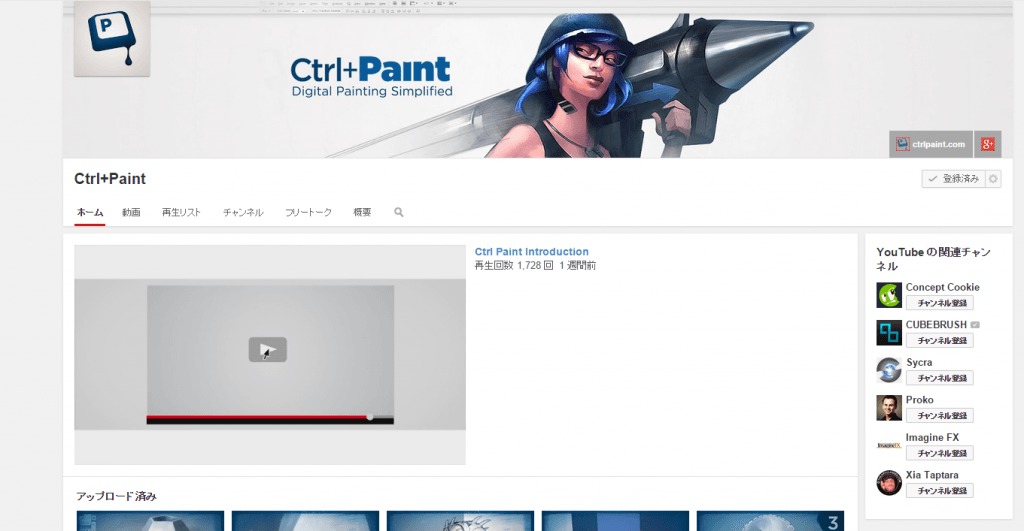
In previous versions, the download happened in the foreground, and you had to wait for the entire process to complete before you could use Paint.NET again.
The built-in updater now has the ability to download updates in the background, and will wait until you exit Paint.NET to install them. On Windows 7, the quality of text is much better as a result of using DirectWrite (this also works on Windows Vista if you have installed DirectX 11). The font manager for the Text Tool has been completely rewritten, resulting in increased performance and better reliability. New effect: Distort -> Crystalize, by Ed Harvey. New effect: Distort -> Dents, by Ed Harvey. New effect: Blurs -> Surface Blur, by Ed Harvey. NET Framework 3.5 SP1, which has many built-in performance improvements. The user interface has been refreshed with new icons, and visual styling has been enhanced for Aero Glass (Windows 7 / Vista only). Performance in many areas has been substantially improved, and overall memory usage has also been greatly reduced (especially when more than 1 image is open). 
The programming language used to create Paint.NET is C#, with a small amount of C++ for installation and shell-integration related functionality. Originally intended as a free replacement for the MS Paint software that comes with Windows, it has grown into a powerful yet simple tool for photo and image editing. It started development as an undergraduate college senior design project mentored by Microsoft, and is currently being maintained by some of the alumni that originally worked on it. It supports layers, unlimited undo, special effects, and a wide variety of useful and powerful tools.

Paint.NET is image and photo manipulation software designed to be used on computers that run Windows.






 0 kommentar(er)
0 kommentar(er)
